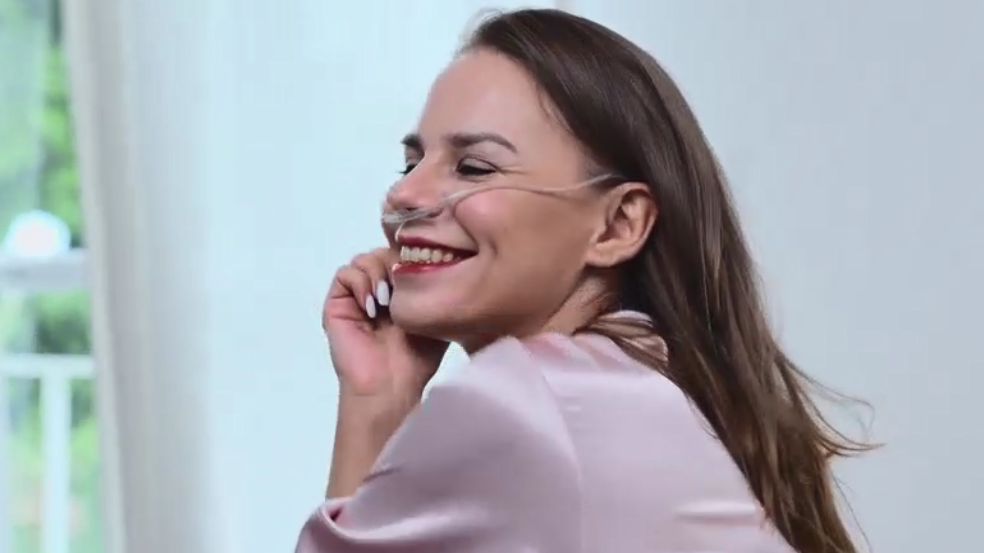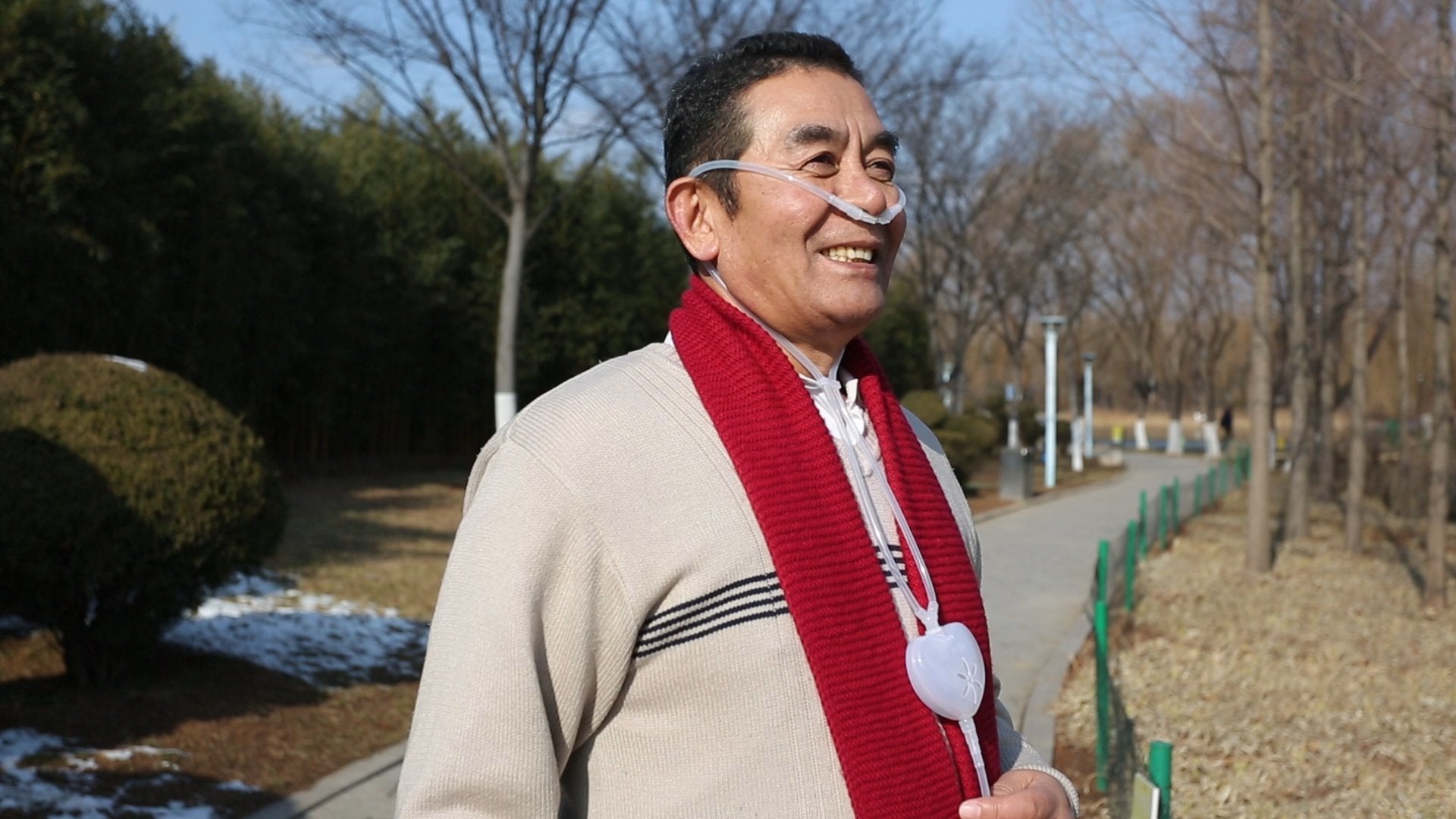Luckily, a medical device known as an oxygen concentrator serves as a breath of fresh air for such patients. Oxygen concentrators are prescribed by doctors to provide a continuous enriched supply of oxygen-filled air that makes breathing dramatically easier.
This article will explore everything about how oxygen concentrators work their magic. We start by understanding what oxygen concentrators are and who requires them. Next, we go over the intelligent concentration mechanism that filters nitrogen out of room air to give 90-95% pure oxygen. We also detail the different flow rate settings that allow customizing oxygen delivery as per individual needs. Finally, we highlight the many benefits and improvements in quality of life that supplemental therapeutic oxygen can enable.

What Are Oxygen Concentrators and How Do They Work?
An oxygen concentrator is a specialized medical device about the size of a small printer designed specifically to deliver supplemental oxygen to those in need. It works by separating the oxygen molecule from nitrogen in the ambient air, resulting in a supply of purified oxygen that can be inhaled through a tube and facemask.
There are two main types of oxygen concentrators based on size, weight and portability:
Stationary Oxygen Concentrators
These floor-standing models are the most powerful and suitable for whole-room or whole-house oxygen enrichment. Weighing around 10-15 kg with integrated wheels, they can conveniently move around different rooms but cannot be easily carried outside the house. Stationary concentrators need to be plugged into a power outlet at all times to keep functioning.
Portable Oxygen Concentrators
For on-the-go supplemental oxygen delivery, portable concentrators only weigh around 2.5-7 kg. These compact suitcase-sized devices run on rechargeable lithium batteries for maximum mobility outside the house. The tradeoff is lower oxygen output capacity compared to bulkier stationary variants. Most portable models max out at a flow rate of 3 liters per minute.
By separating nitrogen, oxygen concentration technology can deliver over 90% pure oxygen consistently. However, it is unsafe and even dangerous to use an oxygen concentrator without a specific medical prescription. Like any therapeutic drug, concentrated oxygen dosage needs careful control and monitoring.
Who Uses Supplemental Oxygen Concentrators?
Oxygen concentrators are commonly prescribed for a wide range of cardiovascular and respiratory diseases that can lead to dangerously low blood oxygen levels. Some key conditions that may warrant supplemental oxygen therapy are:
- Chronic Obstructive Pulmonary Disease (COPD)
- Severe asthma
- Pulmonary fibrosis
- Pneumonia
- Lung cancer
- Cystic fibrosis
- Emphysema
- Chronic heart failure
Beyond disease management, mountain climbers and endurance athletes also use portable oxygen concentrators to improve performance and accelerate recovery at high altitudes where the air is thinner. The United States alone has over 1.5 million patients using some form of supplemental oxygen therapy to breathe better.

When Should I Consult a Healthcare Provider?
It is vital to monitor your condition on an ongoing basis while using the oxygen concentrator through the following steps:
- Use a pulse oximeter regularly to measure your blood oxygen saturation percentage. Normal levels are 95-100%.
- Look out for the symptoms of insufficient or excess supplemental oxygen:
- Hypoxia: Confusion, rapid breathing, rapid heartbeat
- Oxygen toxicity: Dizziness, breathing issues, headaches
- Always consult your doctor if you suffer any of these distress symptoms associated with abnormal oxygen intake.
- Schedule maintenance checks to ensure your oxygen concentrator delivers the precise flow rates set by your doctor. Suboptimal functioning can be detrimental to health.
With disciplined yet safe supplemental oxygen usage under medical supervision, oxygen concentrators reliably treat chronic diseases characterized by oxygen deficit for improved wellbeing and active lifestyles.
How Do Oxygen Concentrators Deliver Therapeutic Oxygen?
Oxygen concentrators use a technology called Pressure Swing Adsorption to filter nitrogen out of room air and give concentrated, purified oxygen for easier breathing. Here's how it works:
Air Intake and Compression
Atmospheric air is taken in through specialized filters that trap large particles. An air compressor then pressurizes the filtered air in preparation for nitrogen separation.
Separating Nitrogen from Oxygen
The pressurized air passes through a set of zeolite sieve beds that adsorb the nitrogen content through surface filtration effects, allowing only oxygen molecules to pass through this step.
Oxygen Collection and Delivery
The nitrogen-free oxygen is finally collected in a small holding tank and continuously delivered to the patient through a thin tube connected to the nasal cannula. This oxygen purity can reach up to 95%.
Stationary vs. Portable Concentrators
Stationary variants connect to electrical outlets to run the air compressor and filtration system. Portable models rely on rechargeable batteries with lower output capacities.
Oxygen Concentrator Settings
Doctors tailor supplemental oxygen dosage to each patient's condition through flow rate settings:
Liters Per Minute (LPM) Flow Rate
This measures the amount of oxygen delivered per minute, adjustable from 1 LPM to 10+ LPM depending on specific model capacities.
Pulse Flow Settings
Exclusive to portable models, this intelligent mode detects breathing patterns and gives oxygen bursts only during inhalation to conserve battery life.
The prescribed flow rate and mode provide the right enrichment to room air to meet unique patient oxygen needs – neither too little nor too much.

Results and Benefits of Oxygen Concentrators
When used as prescribed and directed, supplemental oxygen concentrators can significantly increase quality of life through:
Easier Breathing
The top benefit is reducing feelings of breathlessness, air shortage, and suffocation by enriching oxygen flow to the lungs. Simple day-to-day tasks become easier.
Increased Blood Oxygenation
Higher purity and flow of inhaled oxygen leads to better diffusion into the bloodstream. Blood oxygen saturation measurably increases to safe levels.
Alleviation of Symptoms
With sufficient oxygen for their activity level, patients experience fewer incidents of shortness of breath, wheezing, and low energy.
Better Sleep and Higher Energy
Oxygen correction during sleep protects from chronically low oxygen, allowing the body to fully recover overnight and wake up feeling refreshed.
Boosted Exercise Endurance
Portable oxygen enables packing in more physical activity without the risk of oxygen crash or severe breathlessness.
Enhanced Mobility and Independence
Portable oxygen concentrators provide true freedom to leave home without relying on heavy oxygen cylinders everywhere.
Important Usage Precautions
Fire risks from oxygen; monitoring oxygenation levels; ensuring proper device function and filter cleaning.
Overall, oxygen concentrators can massively boost well-beingwellbeing through safe, customized, therapeutic oxygen balanced precisely to individual respiratory conditions under professional medical guidance.
Conclusion
This guide has explored various facets of how oxygen concentrators reliably assist patients with breathing issues and oxygen insufficiency through:
- Concentration process to filter nitrogen from air
- Flexible settings to tailor oxygen dosage
- Enabling active lifestyles through increased mobility
- Monitoring usage safety through doctor consultations
With attention and discipline, oxygen therapy via concentrators can effectively alleviate the burdens and struggles of chronic respiratory illness.
Read More
- Portable and Easy-to-Clean Bowl and Plate Sets: Essentials for Outdoor Picnics– MALACASA
- Create the Perfect Girl Dinner With Modern Dinnerware Sets– MALACASA
- A Brief History of Porcelain Dinnerware: From China to the World– MALACASA
- Is Porcelain Dinnerware Safe?– MALACASA
- Porcelain Dinnerware Elegance: Mac And Cheese Recipe– MALACASA





Laisser un commentaire
Ce site est protégé par hCaptcha, et la Politique de confidentialité et les Conditions de service de hCaptcha s’appliquent.